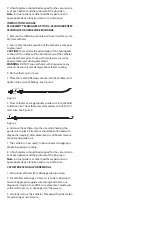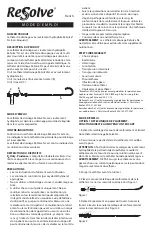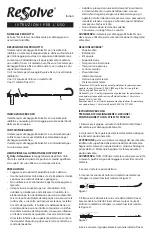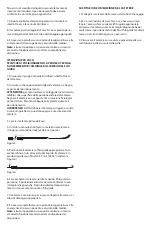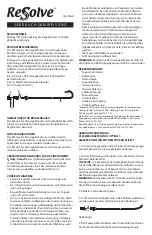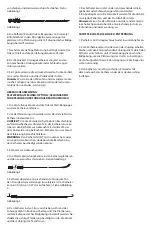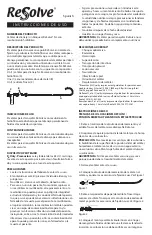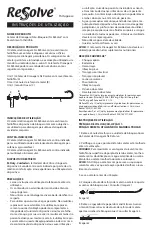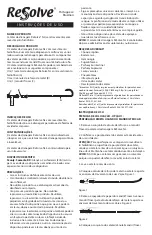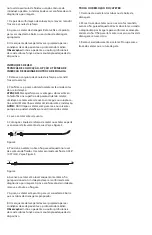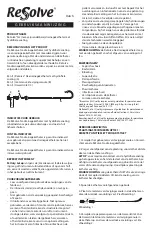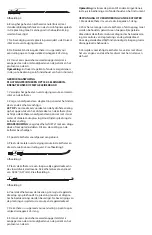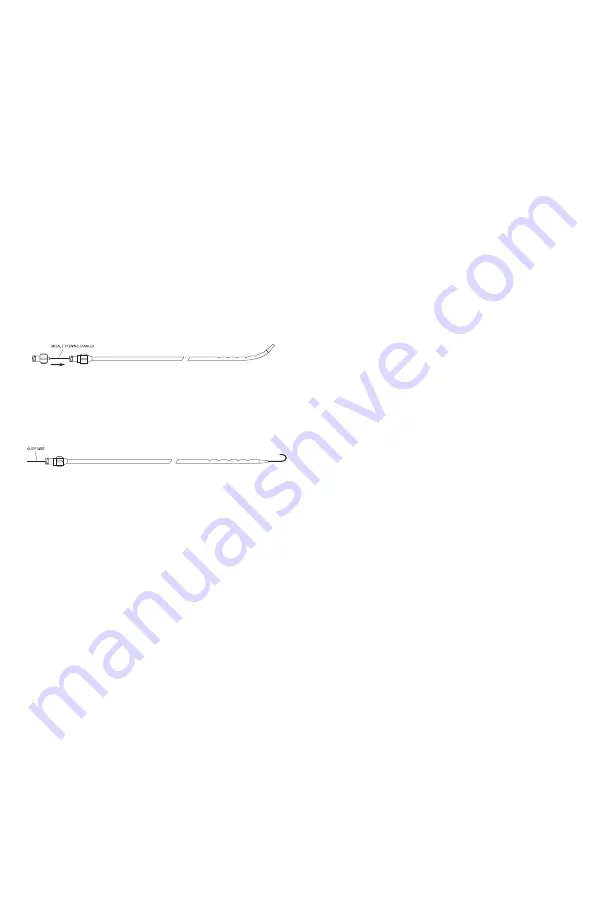
9. A flush regimen should be designed for the circumstanc-
es of each patient and the protocol of the physician.
Note
: Instruct patient or other healthcare personnel in
appropriate device function and/ or maintenance.
INSTRUCTIONS FOR USE
PLACEMENT TECHNIQUES OPTION 2: SELDINGER ENTRY
TECHNIQUE OR GUIDE WIRE EXCHANGE
1. Remove the stiffening cannula and trocar stylette assem-
bly from catheter.
2. Ensure that the distal portion of the catheter is wet prior
to placement.
CAUTION
: To maximize the advantages of the hydrophilic
coating on the surface of the distal portion of the catheter,
wet the catheter prior to use with sterile water or saline.
Keep catheter wet during placement.
WARNING
: DO NOT wipe catheter with dry gauze or any
solvents because it may damage the catheter coating.
3. Flush catheter prior to use.
4. Place the metal stiffening cannula into the catheter and
tighten the Luer lock fittings. See Figure 3.
Figure 3
5. Place catheter over appropriate guide wire into the fluid
collection site. The catheter accommodates an 0.038” (0.97
mm) wire. See Figure 4.
Figure 4
6. Advance the catheter into the site while holding the
guide wire in place. Placement should be confirmed with
diagnostic imaging. After placement is confirmed, remove
cannula and guide wire.
7. The catheter is now ready to be connected to appropri-
ate drainage bag or tubing.
8. A flush regimen should be designed for the circumstanc-
es of each patient and the protocol of the physician.
Note
: Instruct patient or other healthcare personnel in
appropriate device function and/ or maintenance.
CATHETER EXCHANGE OR REMOVAL
1. Disconnect catheter from drainage tubing or bag.
2. For catheter exchange or if access is to be maintained,
advance appropriate guide wire through catheter; use
diagnostic imaging to confirm wire placement. Guide wire
will maintain access to drainage site, if necessary.
3. Carefully remove the catheter. Proceed with either cathe-
ter exchange or skin closure.



